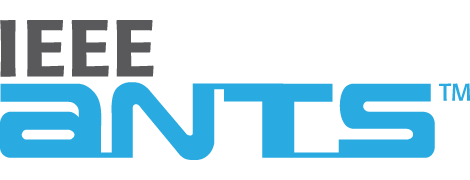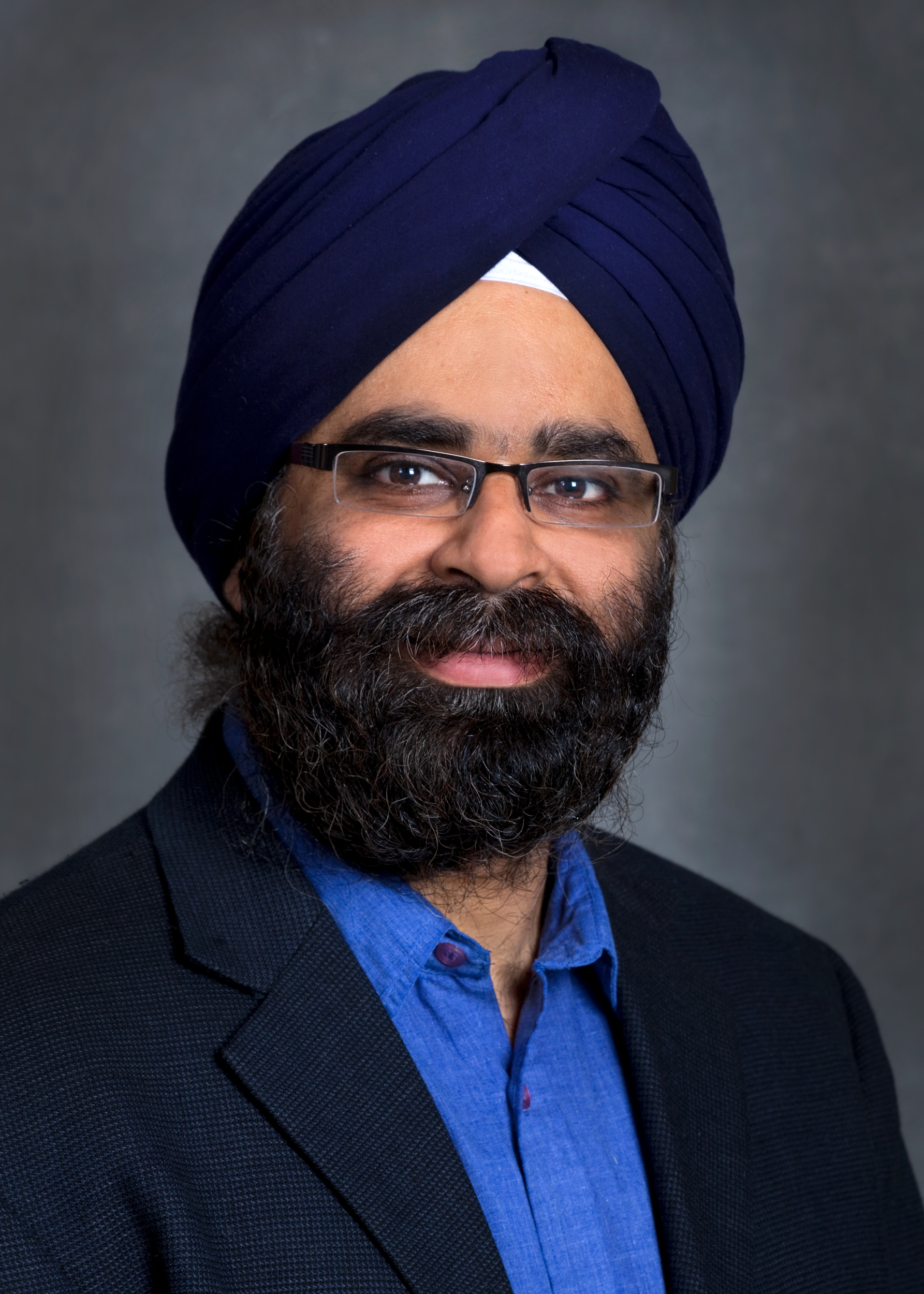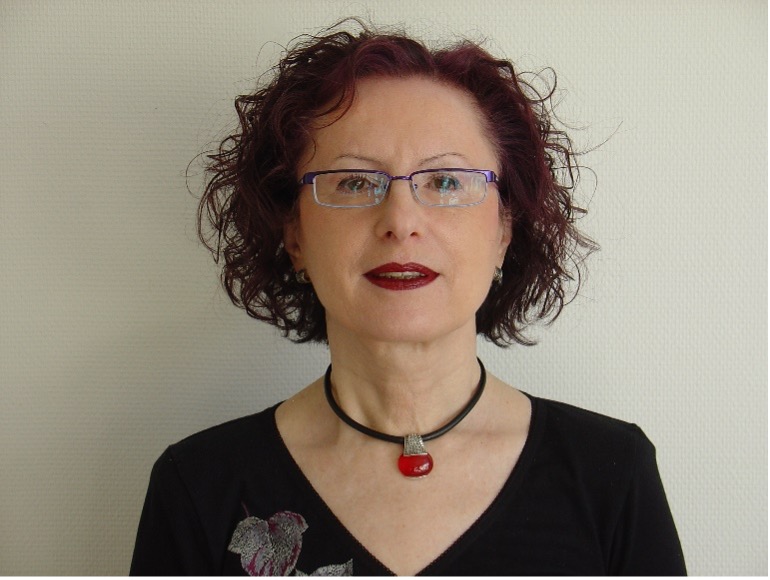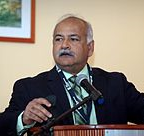Keynote Speakers
Mr. Indermohan (Inder) S. Monga
Director of the Scientific Networking Division at Lawrence Berkeley National Laboratory (Berkeley Lab)
Executive Director of Energy Sciences Network (ESnet)
Title: Networking for Science, and the Science of Networking
Abstract: The intersection between science and networking is more vital than ever. This talk will explore the symbiotic relationship between networking and scientific advancements, uncovering how networking propels transformative breakthroughs in fields like particle physics, genomics, astronomy, and climate modeling. This keynote will delve into the challenges and opportunities arising from the convergence of networking and science, shedding light on innovative approaches and technologies that power breakthroughs. We'll examine the scale of data and timeliness of analysis needed in certain data-intensive scientific fields and the networking innovations being explored to meet the demand. Moreover, this session will unravel the science of networking itself, applying principles and methodologies from diverse scientific disciplines to enhance the design, optimization, and security of advanced networking systems. These include insights into the fascinating realm of quantum networking, promising new breakthroughs in our technological landscape.
SHORT BIO
Indermohan (Inder) S. Monga is the Director of the Scientific Networking Division at Lawrence Berkeley National Laboratory (Berkeley Lab) and Executive Director of Energy Sciences Network (ESnet), the Department of Energy’s high-performance network user facility. Optimized for large-scale science, ESnet connects and provides services to more than 50 DOE research sites, including the entire National Laboratory system, its supercomputing facilities, and its major scientific instruments, as well as peers with 271 research and commercial networks worldwide. In addition to managing ESnet, Inder works to advance the science of networking for collaborative and distributed research applications, as well as contributes to ongoing research projects tackling quantum networking — he is the principal investigator for the Quantum Application Network Testbed for Novel Entanglement Technology (QUANT-NET) project — and the programmability, analytics, and quality of experience driving convergence between application layer and the network – he is the co-PI of NSF’s FABRIC testbed project. Prior to joining Berkeley Lab, Inder worked in network engineering for Wellfleet Communications, Bay Networks, and Nortel. The holder of 25 patents, he received a B.S. in electrical/electronics engineering from Indian Institute of Technology in Kanpur, India, and a master’s in computer engineering from Boston University.
Prof. Lena Wosinska
Chalmers University of Technology, Sweden
https://www.chalmers.se/en/persons/wosinska/
Title: Intelligent spectrum management in future optical networks
Abstract: The ongoing drastic growth in traffic demand caused by emerging bandwidth-intensive applications with high-performance requirements brings many challenges to the optical backbone networks. The transmission capacity of optical fiber is huge, but not infinite. Flexible network control and spectrum management plays a crucial role in efficient network resource utilization, leading to both cost reduction and network performance improvement. This talk will address the challenges related to flexible spectrum assignment. After an introduction to optical networks, capacity evolution and driving forces, this talk will focus on elastic optical network (EON) concept, spectrum management and our work applying reinforcement learning that addresses spectrum defragmentation process in EON. Then, the space division multiplexing (SDM) concept will be introduced as a way to further increase network capacity, along with the different options for spectrum allocation in the SDM scenario.
SHORT BIO
Lena Wosinska received her PhD degree in Photonics and Docent degree in Optical Networks from KTH Royal Institute of Technology, Sweden where she established and led a widely recognized research group working on optical networks. At KTH she was a Full Professor of Telecommunication until October 2018. Currently she is a Research Professor with the Chalmers University of Technology, Sweden, where she moved together with her team. Her research broadly concerns optical communications and networks, with a focus on fiber access and 5G/6G transport networks, energy and cost efficiency, optical data center networks, photonics in switching, network control, reliability, security, and survivability incl. application of ML/AI. She was involved and had a leading role in several EU projects, as well as coordinating national and international research projects. She has been involved in many expert assignments, including serving in the panels evaluating research project proposals for many funding agencies, guest editorships of leading IEEE, OSA, Elsevier and Springer journals, serving as General Chair and Co-Chair of several IEEE, OSA and SPIE conferences and workshops. She has been an Associate Editor of OSA Journal of Optical Networking and IEEE/OSA Journal of Optical Communications and Networking. Currently she is serving on the Editorial Board of Springer Photonic Networks Communication Journal and of Wiley Transactions on Emerging Telecommunications Technologies.
She received IEEE ComSoc ONTC Outstanding Technical Achievement Award for Pioneering Research in Optical Networks.
Professor Biswanath Mukherjee
Distinguished Professor Emeritus
University of California, Davis
Founder and President
Ennetix, Inc., USA
Title: Do You Know What’s Going On In Your Computer, IT System, Telecom Network?
Abstract: Do you really know what’s going on in your computer, IT system, or telecom network? Chances are you don’t unless you have “Holistic Observability” (i.e., full visibility) of your IT assets, which can provide you with unprecedented “Situational Awareness”.
As an end user, you should demand to know: What programs are running on your computer? Is there anything nefarious going on? etc.
An enterprise’s IT operations may also want to know: Who are accessing which mission-critical applications? Are they authorized? Do we have Data Leaks? Vulnerabilities? Why is/are the application(s) slow (or getting slower)? What are the Chokepoints? Are clients getting excellent digital experience? Are we getting attacked? From where? How to remedy the situation? There are too many assets to track for performance problems, dependencies, security threats, …
And an Internet Service Provider (ISP) (and telecom network operator) would wish to ensure that their subscribers are receiving excellent digital experience, i.e. optimal performance for fast downloads, online trading, online gaming, online meetings and exams, etc. (or else the ISP will suffer faster customer churn).
This talk should help you with your needs for “Holistic Observability” and “Situational Awareness” in general… and, in particular, for security, performance, and endpoint monitoring; analytics (including user/entity behavior analytics); and diagnostics in real time.
SHORT BIO
Mukherjee obtained his bachelor’s degree in electronics and communications with honors from Indian Institute of Technology Kharagpur in 1980 and got his Ph.D. from University of Washington in 1987. The same year (1987) he joined the Department of Computer Science at University of California, Davis where he became a Professor in 1995, and Distinguished Professor in 2011. From 1997 to 2000 he served as chair of the Computer Science Department. During 1995–2000, he held the Child Family Professorship at UC Davis. To date, he has supervised 81 PhDs to completion and currently mentors 6 advisees, mainly PhD students.
Besides being a respected computer scientist, he also served on numerous editorial boards and was General Co-Chair of the IEEE/OSA Optical Fiber Communications (OFC) Conference 2011, Technical Program Co-Chair of OFC’2009, and Technical Program Chair of the IEEE INFOCOM’96 conference. He is Editor of Springer’s Optical Networks Book Series. He has served on eight journal editorial boards, most notably IEEE/ACM Transactions on Networking and IEEE Network. In addition, he has guest-edited Special Issues of Proceedings of the IEEE, IEEE/OSA Journal of Lightwave Technology, IEEE Journal on Selected Areas in Communications, and IEEE Communications. He was the first elected chairman of Communication Society’s Optical Networking Technical Committee. He was a founding member of the Board of Directors (2002-2007) of IPLocks, Inc., a Silicon Valley startup company, acquired by Fortinet, Inc. He also served as a founding member of the Board of Directors (2015-2018) of Optella, Inc., an optical components startup, acquired by Cosemi, Inc. To date, he has served on the Technical Advisory Board for over a dozen startup companies, including Teknovus (acquired by Broadcom), Intelligent Fiber Optic Systems, and LookAhead Decisions. He is Founder and President of Ennetix, Inc., a startup company developing AI-powered, cloud-based, application-centric network performance and security analytics and management software for improved user experience.
Dr. Deepak Kataria
Principal Solution Consultant for Ericsson
Title: Leveraging Network-as-a-Platform (NWaaP) to unleash opportunities with Network and Service APIs for Enterprises in the era of Digitalization
Abstract:Network as a Platform (NWaaP) reimagines CSP (Communication Service Provider) network as a platform with exposure capabilities across different layers of stack such as RAN, Edge, Core, Cloud, OSS, BSS. These exposure capabilities are available as Network and Service APIs to partners (HCPs, IT/OTT players), so they can build innovative applications and services for their customers in B2B, B2B2X settings. This does not preclude B2C or internal use cases for CSPs. This talk will discuss challenges and opportunities associated with providing customer-facing cloud-based platforms and software that will enable CSPs to deliver the next wave of premium and new communication experiences. In addition, GSMA Open Gateway, a framework of Application Programmable Interfaces (APIs), provides universal access to operator networks for developers and hyperscalers. These APIs are defined, developed and published in CAMARA, the open source project for developers to access enhanced network capabilities, driven by the Linux Foundation in collaboration with the GSMA. In this talk, we will present the status of these projects, outline the already defined APIs and provide some insights on the future of the API ecosystems in the era of 5G and beyond (5G&B) networks.
SHORT BIO
Deepak Kataria has over 25 years’ experience in telco, data networking, and cloud computing domains with the unique distinction of working in technical leadership roles at AT&T Bell Labs, Lucent Technologies, Fujitsu, Agere Systems, and LSI. He co-founded IPJunction Inc in 2009 consulting telco clients on new solution opportunities, target markets, product management consulting and ecosystem partnerships. Currently, he serves as the Principal Solution Consultant for Ericsson working on AT&T's cloud native transformation and Cloud RAN projects. He served as Chair of IEEE Princeton Central Jersey Section from 2020- 2022, General Chair of IEEE Sarnoff Symposium between 2015-2019 and co-leads the IEEE Future Network Initiative's Working Group on AI/ML. He holds B.S. in Electronics and Communications Engineering, and pursued M.S. and Ph.D. degrees in Electrical Engineering from Rutgers University, New Jersey. He completed Harvard’s Emerging Leaders professional program on virtual leadership covering strategy, customer focus, corporate governance, and innovation.









